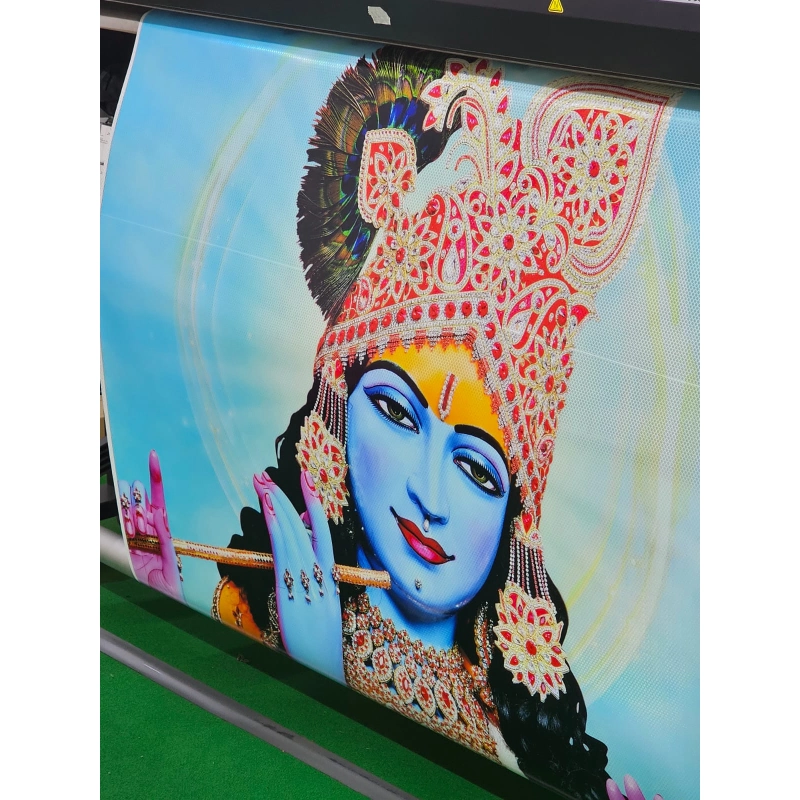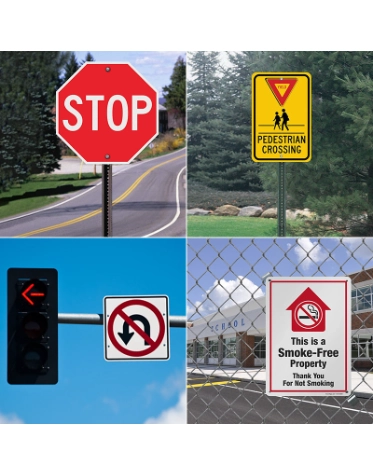Чем светоотражающая пленка Diamond Grade отличается от стандартной светоотражающей пленки?
Release time: 2025-10-14
Оглавление
In today’s world, safety and visibility are key factors in transportation and public infrastructure. Whether it’s a traffic sign, construction barrier, or vehicle marking, reflective materials play an important role in keeping roads safe — especially at night or during poor weather. Among the many types of reflective materials, светоотражающая пленка алмазного класса stands out as the highest-performance option. But what exactly makes it different from standard reflective film?
1. The Technology Behind It
The main difference lies in the structure of the reflective layer.
Standard reflective films usually use glass bead technology, where tiny glass spheres reflect light back toward the source. This provides basic visibility but loses brightness over distance or at wider viewing angles.
In contrast, diamond grade reflective film uses microprismatic technology — a pattern of small, precisely engineered prisms that reflect light more efficiently. These prisms redirect light back to its source with much higher intensity, even from long distances or low-light conditions. That’s why traffic signs made with diamond grade materials remain bright and clear at night or in rain and fog.
2. Brightness and Visibility
The difference in brightness between the two types is dramatic.
Diamond grade reflective film can be up to 10 times brighter than standard engineer-grade reflective film.
For example, a standard reflective traffic sign may appear dull or hard to read from 100 meters away at night, while a diamond-grade sign remains crisp and visible from over 300 meters.
This enhanced visibility helps drivers recognize signs earlier, allowing more reaction time and reducing accidents—a key reason why many governments now require Diamond Grade materials for critical road signage.
3. Durability and Weather Resistance
Another big advantage of светоотражающая пленка алмазного класса is its durability.
It’s made with high-quality polymers and UV-resistant coatings that protect against sunlight, rain, and harsh temperatures. Standard reflective films may fade or peel after a few years, while Diamond Grade films can last up to 10–12 years without significant loss of brightness.
This long lifespan makes them ideal for highways, airports, and outdoor projects where maintenance costs are high.
4. Real-World Applications
Diamond Grade Reflective Films are now widely used in:
- Highway and city road signs
- Vehicle markings and license plates
- Construction and safety barriers
- Marine and airport guidance signs
For instance, a city upgrading its road safety system might replace old reflective signs with Diamond Grade versions to ensure clear visibility in all weather — improving public safety while reducing the need for frequent replacements.
5. Cost vs. Long-Term Value
Although diamond grade reflective sign film costs more upfront than standard types, it offers better value over time.
Its superior brightness reduces accident risks, while its extended service life minimizes maintenance and replacement expenses — making it both a safer and more cost-effective choice in the long run.
Заключение
The difference between diamond grade reflective film and standard reflective film is more than just brightness — it’s about safety, performance, and reliability.
Thanks to its microprismatic design, outstanding durability, and exceptional visibility, Diamond Grade Reflective Film has become the preferred choice for modern road safety projects worldwide.


